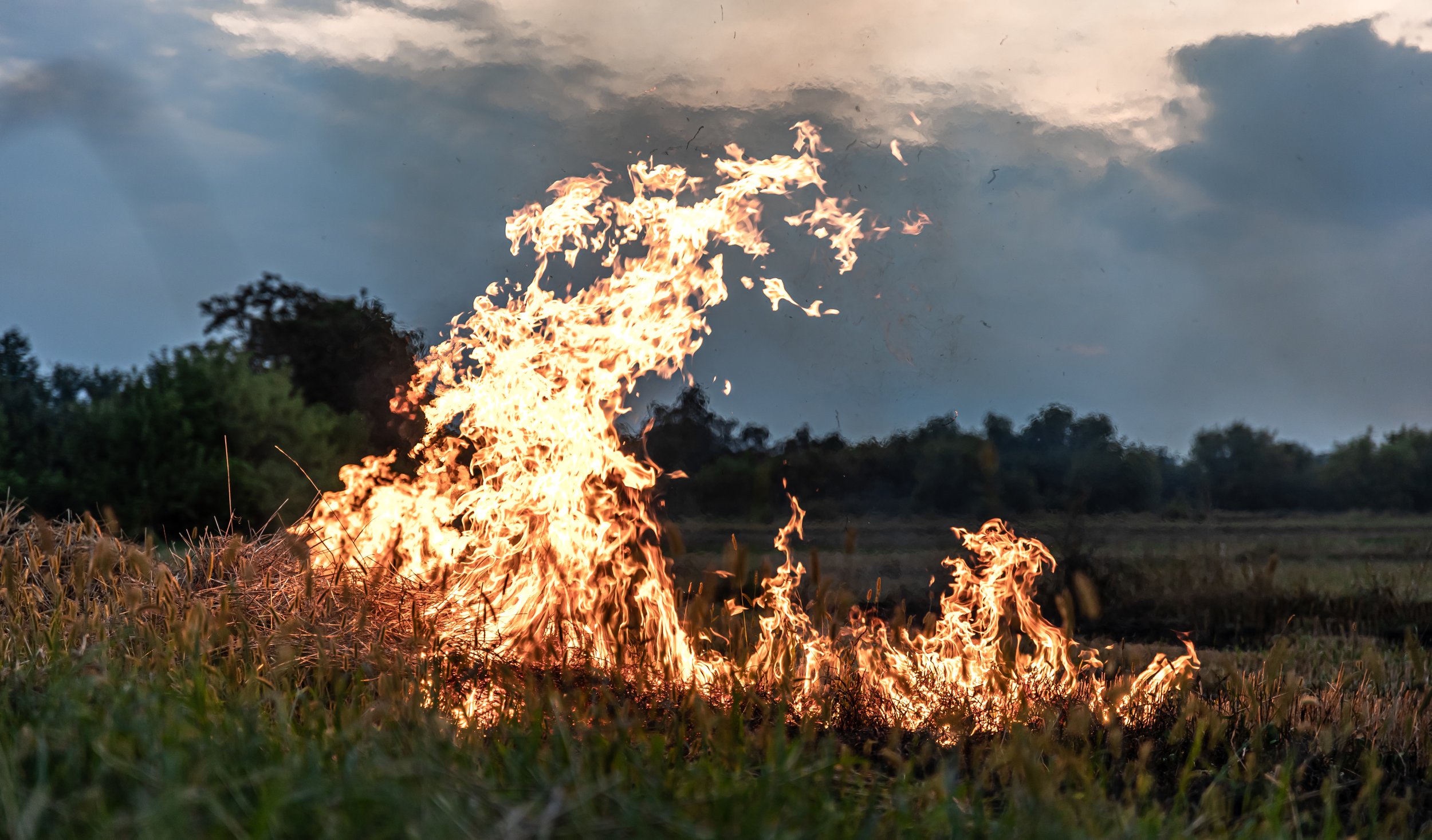Ostara - The Spring Equinox
Ostara is a modern-day pagan holiday celebrated during the spring equinox, which falls around March 20th or 21st.
It is a time to honor the changing of the seasons, the renewal of life, and the awakening of nature after the long winter months.
Origins of Ostara
Ostara takes its name from the Germanic goddess Eostre, associated with spring, fertility, and new beginnings. The festival was initially celebrated by pagan peoples throughout Europe, including the Celts, Saxons, and Norse.
They marked the equinox with feasting, bonfires, and rituals to welcome the return of the sun and the renewal of life.
Customs of Ostara
Ostara is a time of balance, as the hours of daylight and darkness are equal. Holiday symbols like eggs often represent this balance, which signifies fertility and new life. The egg is a powerful symbol of transformation, as it holds the potential for new life within its shell.
Another common symbol of Ostara is the hare, which represents fertility and abundance. The hare was sacred to the goddess Eostre and was believed to bring luck and prosperity to those who honored it.
In addition to these symbols, many other customs are associated with Ostara. Some people decorate eggs by painting or dyeing them with natural colors. Others plant seeds or bulbs to symbolize the growth and renewal of life. Still, others hold feasts or bonfires to celebrate the sun's return and spring's coming.
Significance of Ostara
Ostara is a time to celebrate the changing seasons and honor nature's cycles. It reminds us that, just as winter gives way to spring, the dark times in our lives also give way to brighter days and teach us the importance of balance and harmony. We must learn to embrace both the light and the dark, the good and the bad, to find true wholeness and peace.
Ostara reminds us that the natural world is a source of wonder and magic. We should appreciate the world's beauty and nurture our connection to the earth.
Ostara is a joyous and meaningful holiday that reminds us of the power of nature and life cycles. Whether you celebrate it with feasting, decorating, or ritual, it is a time to honor the changing seasons and the renewal of life.
Would you like to know more about the Wheel of the Year?
In Cerdeira Village, we also flow with the cycles of the year.

